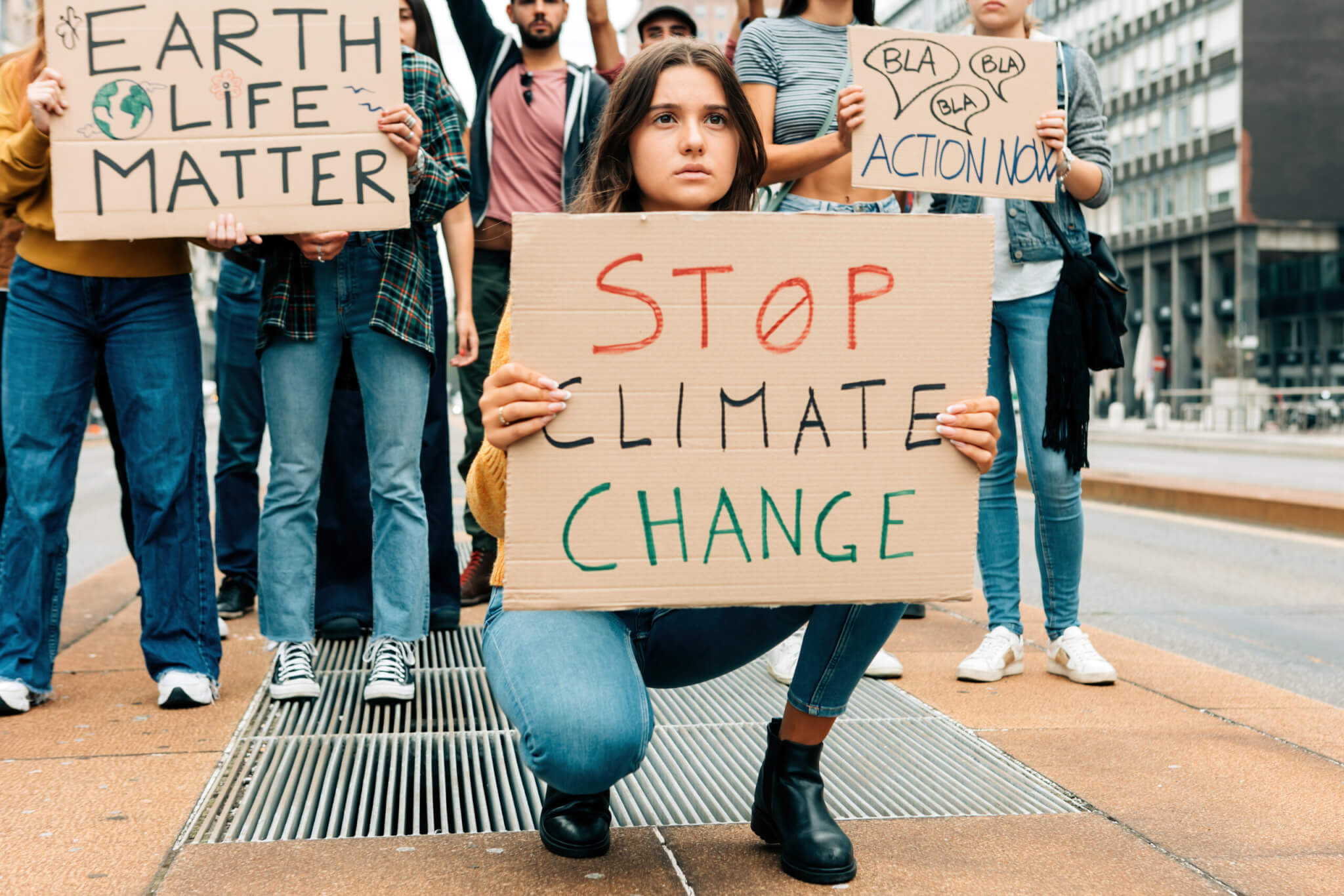🔑 Key Findings:
- Teens living through natural disasters were 20% more likely to have mental distress
- The mental trauma could last for 5 to 10 years after the disaster
- Close to half of U.S. youths have already experienced a mental health disorder
PHILADELPHIA — The signs of climate change are all around us, from melting glaciers to record-high temperatures. While studies show human activity is taking a major toll on the environment, a new report finds our changing climate is also taking a toll on young people. Researchers from Drexel University have found that global warming is negatively influencing the mental health of American high schoolers.
The survey included 38,616 high school students from 22 public school districts across 14 U.S. states. Researchers found a quarter of those adolescents who experienced the most days in a climate disaster within the past two to five years (hurricanes, floods, tornadoes, droughts, and wildfires) exhibited a 20-percent higher chance of developing mental distress than other teens who did not experience a natural disaster.
This project was the first ever large-scale research initiative focusing on the mental health of adolescents following various disaster events. Researchers accounted for the timing, frequency, and duration of these events, which spanned 83 federally declared climate disasters taking place over the prior decade. Study authors used May 2019 data on sadness and hopelessness and short sleep provided by the U.S. Youth Risk Behavior Survey in addition to disaster data from the Federal Emergency Management Agency.
“We know that climate change has and will have catastrophic impacts across the globe,” says lead author Amy Auchincloss, PhD, an associate professor of epidemiology in the Dornsife School of Public Health, in a media release. “But we were alarmed to find that climate related disasters already were affecting so many teens in the U.S. For example, within the past 2 years, many school districts in our study were subject to climate disasters for over 20 days.”

The teens reported on their mental health distress by responding affirmatively to persistent feelings of sadness or hopelessness and short sleep duration. These are two distinct factors previous studies have connected to mental health disorders in adolescents. Researchers also controlled for additional factors influencing mental health, such as age, race, gender, bullying experiences, concerns over school safety, and household income.
The team noted one positive, yet not statistically significant, link between experiencing climate disasters and mental distress while assessing the 10 years prior to the U.S. Youth Risk Survey.
“We found the strongest effects on mental distress in the 2 years immediately following a climate disaster – with the effect gradually weakening 5 to 10 years after the disaster,” explains co-author Josiah Kephart, PhD, an assistant professor in the Dornsife School of Public Health.
Study authors stress their work does not establish a direct link between extreme weather events and declining mental health. Thus, they recommend that more studies focus on the range of effects climate change can have on teens, as well as possible methods to help prepare for potential worsening mental health among the younger generations.
Researchers note roughly half of adolescents have already experienced a mental health disorder during either their childhood or teen years, according to the U.S. Department of Health and Human Services.
“Resources for the youth mental health crisis already have difficulty meeting demand and demand will increase as disasters increase,” concludes co-author Esther Chernak, MD, a clinical professor and director of the Center for Public Health Readiness and Communication at Dornsife School of Public Health.
“The current study is evidence that clinicians, policymakers, parents, and many others with a stake in youth mental health can point to when advocating for increasing adolescent-specific mental health resources – particularly in lower-income communities who will be hit hardest by disasters.”
The study is published in the journal Preventive Medicine Reports.

The American health crisis is caused by the obsessive media coverage of panic and the controversial idea that we caused it and we can change it. Note: It’s an American youth problem not a worldwide youth problem.